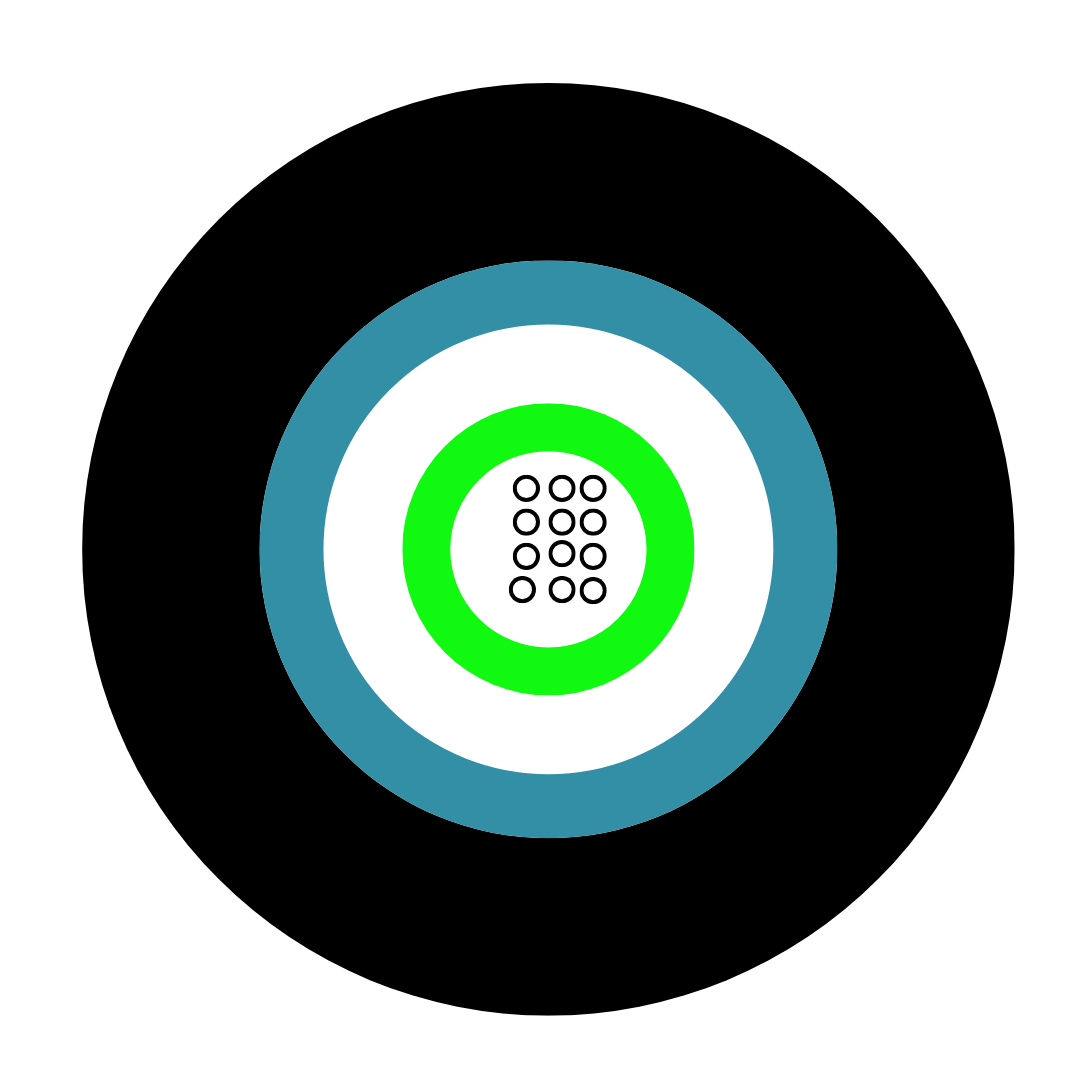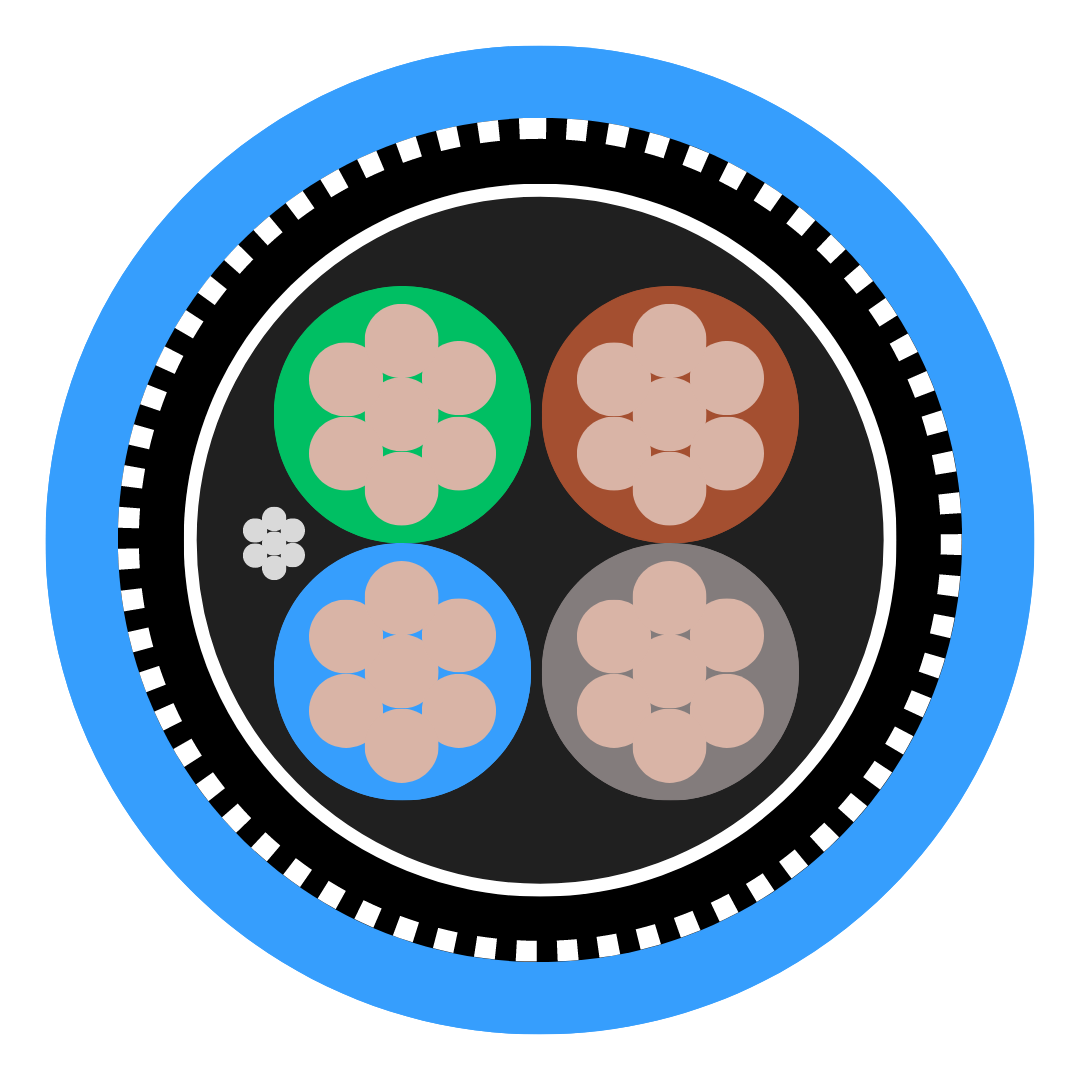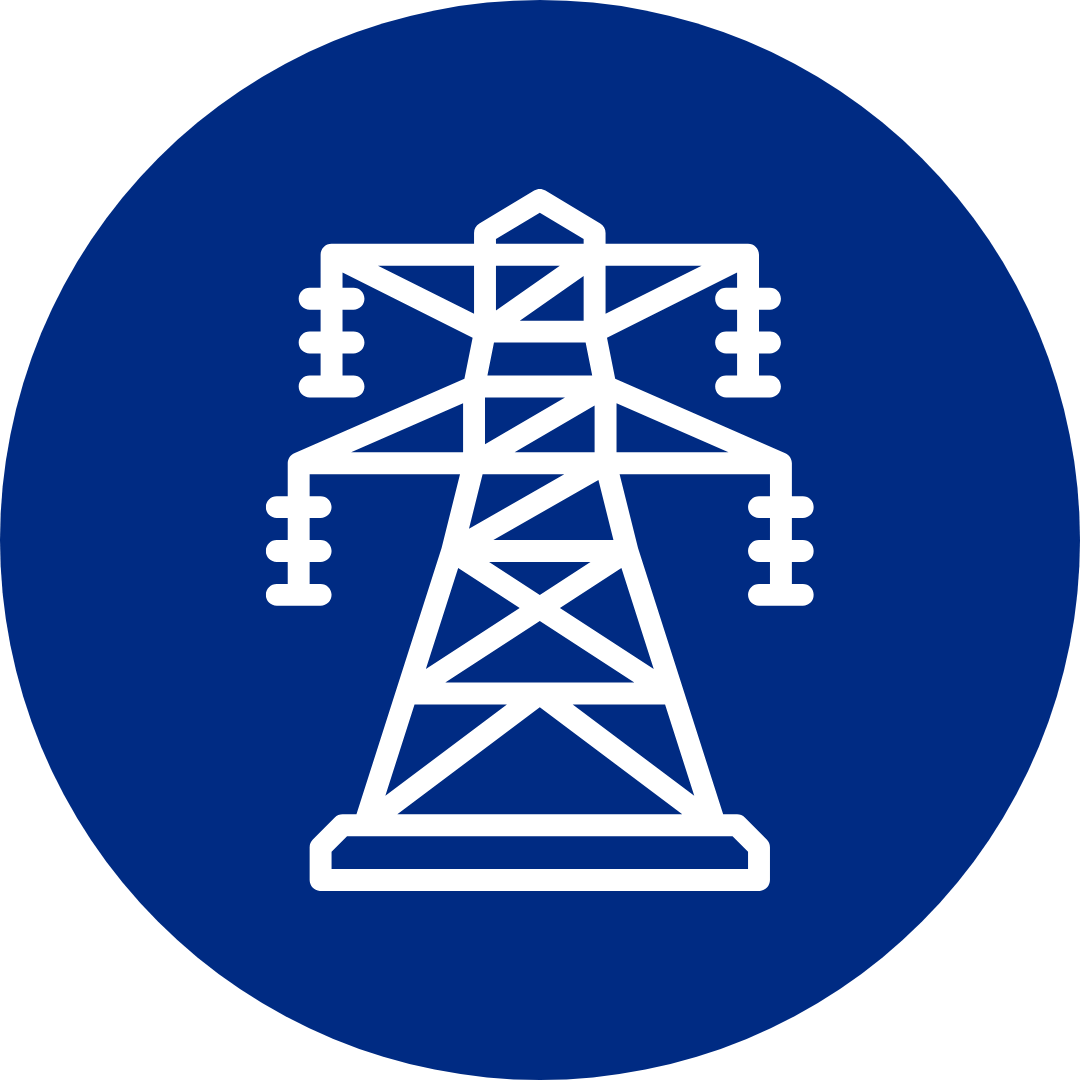Ethernet cables are essential for connecting devices to networks, but not all cables are the same. The main difference is whether they are shielded or unshielded, and this choice affects performance and reliability in different environments. Shielded cables offer better protection from interference, while unshielded cables are more flexible and often more affordable.
Choosing between shielded and unshielded Ethernet cables can sometimes be confusing, especially with so many types on the market in the UK in 2025. The right cable depends on where it will be used, the amount of electrical interference nearby, and your budget.
Knowing the differences helps anyone build a better and more stable network, whether for a home, office, or specialised setup. Understanding the key features and uses for each type saves money and avoids future problems.
Key Takeaways
Shielded cables protect against interference, while unshielded are often cheaper and simpler.
The right choice depends on the use case and environment.
Picking the correct cable boosts network performance and reliability.
What Are Shielded Ethernet Cables?
Shielded Ethernet cables are designed with special layers to protect the data running inside them. These cables help reduce signal loss, cut down on interference, and improve performance in busy or noisy environments.
Features
Shielded Ethernet cables use additional metal shielding to protect against electromagnetic interference (EMI) and electrical noise. This shielding can be a layer of foil, braiding, or even both. The most common shielded types include Shielded Twisted Pair (STP), Foiled Twisted Pair (FTP), and S/FTP cables.
Shielded Cat6 and Cat6a cables are popular for their improved insulation and greater resistance to outside signals. Some of these cables are also plenum-rated, meaning they are safe to use in ventilation spaces. The shielding helps maintain signal quality, especially in places with lots of electrical equipment.
The extra protection does mean the cables are thicker and less flexible than unshielded variants. Installation often requires special connectors to keep the shield grounded properly.
Uses
Shielded Ethernet cables are vital in environments that have high levels of electrical interference or strong EMI. They are commonly used in industrial settings, data centres, hospitals, and buildings with lots of heavy machinery or large power cables.
For home networks, they are not usually needed unless the cable runs pass close to sources of interference, such as microwaves or large electric motors. Shielded cables are also used when running cables outdoors or through walls, where interference is more likely.
They play a key role for sensitive applications, such as audio production, video streaming, and hi-fi systems, where signal clarity is important. Shielded cables can help reduce noise in these setups.
Types
There are several types of shielded Ethernet cables, each with different levels of protection:
Type | Shielding Description |
STP | Shielded Twisted Pair; each pair or the overall cable is shielded with foil or braid |
FTP | Foiled Twisted Pair; a layer of foil shields all pairs together |
S/FTP | Each twisted pair is shielded, and the whole cable is shielded with foil or braid |
Popular categories include Shielded Cat6 and Shielded Cat6a, with Cat6a supporting higher speeds and longer runs. S/FTP cable, with multiple layers of shielding, is recommended for the most critical environments. The right type depends on the level of EMI in the area and the performance needed.
Where To Find?
Shielded Ethernet cables can be found at most electronics suppliers and online retailers in the UK. Shops that specialise in network equipment, such as Maplin or RS Components, usually stock a wide selection.
Look for specific features, such as plenum-rated cable if you need to run the cable through ceilings or air ducts. They are also available in various lengths and categories, including Cat6, Cat6a, and higher.
Many professional installation companies use shielded cables for office or industrial projects. It is important to check the product details, as not all Ethernet cables are shielded. Some retailers provide helpful tables or charts to compare cable shielding and performance.
What Are Unshielded Ethernet Cables?
Unshielded Ethernet cables, commonly called UTP or Unshielded Twisted Pair, have become a standard choice in many homes and offices. These cables offer stable network connections and come in different types, including Cat6 and Cat6a, which support fast data transfers.
Features
Unshielded Ethernet cables do not have extra shielding around the wires inside. Instead, they use twisted copper pairs to help reduce interference. This simple design makes the cables thinner, lighter, and easier to handle than shielded cables.
Most UTP cables, such as unshielded Cat6 and Cat6a, can deliver gigabit speeds for everyday use. Some, like unshielded Cat6a, can even support 10Gbps (10GBASE-T) over shorter distances, making them suitable for fast networks. Because these cables are flexible, they are often used as patch cords for connecting devices in smaller or less cluttered spaces.
Common markings for unshielded cables include U/UTP, which stands for “Unshielded/Unshielded Twisted Pair”. There is no metallic shield around the pairs or the cable itself, which keeps costs down and makes installation easier.
Uses
Unshielded Ethernet cables are most often used indoors where electrical noise is low. They are popular in homes, offices, and schools for connecting computers, switches, and routers.
For basic networking, UTP cables perform well and can maintain solid connections at gigabit speeds. They are widely used in structured cabling systems and data racks. Unshielded Cat6 cables are common for desktop and wall connections, while unshielded Cat6a is used for networks needing up to 10Gbps over shorter runs, such as server rooms.
People may choose unshielded cables for patch panels and equipment racks because they are simpler to install and are less bulky. However, they are not ideal in areas with heavy electrical interference, such as factories or where large motors are used.
Where To Find?
Unshielded Ethernet cables are available in nearly every electronics or computer shop in the UK. They can be purchased as pre-made patch cords or in boxes for custom-cutting.
Many online retailers and local suppliers offer a range of lengths, colours, and types (for example, Cat5e, Cat6, Cat6a). UTP cables are found in most office supply stores, DIY shops, and major online platforms.
They are usually labelled as UTP, U/UTP, or explicitly as unshielded cables. Look for details on their specifications, such as support for 10Gbps (for Cat6a) or use as patch cords. Prices are typically lower than for shielded versions, making them the preferred choice for most everyday network setups in homes and typical office environments.
Types
Ethernet cables mainly come as shielded or unshielded. Each serves different environments and needs.
Unshielded Twisted Pair (UTP) is the most common type. It uses pairs of twisted copper wires. The twisting helps cut down on interference. UTP cables are often chosen for offices and homes because they are easy to install and less expensive.
Shielded Twisted Pair (STP) cables add a layer of metal shielding. This shield goes around the twisted pair cables inside. The extra layer helps block electromagnetic interference (EMI) and radio frequency interference (RFI). STP is useful in factories or places with heavy electrical equipment.
The table below shows some differences:
Type | Shielding | Common Use |
UTP | None | Homes, offices |
STP | Metal layer | Factories, data centres |
Cable categories matter too. Higher categories like Cat7 use even better shielding and tighter twists. Cat7 cables can support faster speeds and offer more protection from signal problems. Lower categories, such as Cat5e and Cat6, are usually unshielded, but shielded versions exist.
Twisted pair copper is at the core of these cables. Whether shielded or not, the way the copper wires are twisted affects how well they fight interference. Choosing the right type depends on the surroundings and the level of interference in the area.
Do I Need A Shielded Or Unshielded Ethernet Cable?
Choosing between shielded and unshielded Ethernet cables depends on a few important factors. These include the network environment, performance needs, and the cable’s intended use.
Shielded cables help protect data from electromagnetic interference (EMI). This is important in places with lots of electrical devices or cables running close to power lines. Shielding improves signal integrity and ensures higher data transfer rates where interference is common.
In offices, industrial areas, or near heavy machinery, shielded cables are often preferred. They offer better data transmission quality and support high performance requirements. However, shielded cables are usually less flexible and cost more than unshielded options.
Unshielded cables are lighter, more flexible, and easier to install. They work well for most home networks or spaces where there is little interference.
A cable’s length also matters. For standard home use or when the cable is not longer than 100 metres, unshielded cables commonly meet the necessary performance specifications and maintain good data integrity.
Both cable types are backward compatible with older Ethernet standards. They support features like Power over Ethernet (PoE), provided they match the performance needs. Users who need maximum data transfer speeds or are running cables in challenging environments should consider shielded options.
Key Differences Table:
Feature | Shielded Cable | Unshielded Cable |
Flexibility | Low | High |
Cost | Higher | Lower |
Signal Integrity | Better (in EMI zones) | Standard |
Setup Complexity | More | Less |
Transmission Speed | High (in interference) | Standard |
Frequently Asked Questions
Do I need a shielded or unshielded Ethernet cable?
Shielded cables are best for areas with lots of electrical interference, such as near heavy machinery or fluorescent lights. In quiet environments like most homes or typical offices, unshielded cables are often enough.
Use shielded cables for industrial settings or long cable runs through areas with potential interference. For most standard LAN installations, unshielded cables work well and are easier to install.
Do shielded Ethernet cables make a difference?
Shielded cables can prevent signal loss and interference, especially at high speeds like Gigabit Ethernet. They are more important in places with high electromagnetic or radio frequency interference.
In most small office or home networks, the difference may not be noticeable. In large network infrastructures or critical telecommunications industry applications, shielding can improve reliability.
Do you ground both ends of a shielded Ethernet cable?
Proper grounding is necessary for shielded Ethernet cables to work correctly. In most cases, grounding should be done at one end only—usually the patch panel or network cabinet.
Grounding both ends can create a loop and risk unwanted electrical currents. Always follow Telecommunications Industry Association (TIA) guidelines and manufacturer instructions during network installation.
How does one identify whether an Ethernet cable is shielded?
Shielded cables often have “STP”, “FTP”, or “S/FTP” markings printed on them. They may also look thicker than unshielded cables and sometimes include visible metal foil under the outer jacket.
Checking technical labels or the cable packaging can also show if it is shielded.
How to tell if an Ethernet cable is shielded?
Carefully cut or peel the outer jacket at the cable end (if safe to do so). Shielded cables have a layer of foil or braided metal inside. Unshielded cables have only twisted pairs with no extra shielding.
If installing new cables, always check product details or ask your supplier.
When should you use shielded cable?
Use shielded Ethernet cables when installing networks in industrial buildings, hospitals, airports, or places where the risk of electromagnetic interference is high. Shielding is also good for long runs near power lines.
LANs handling sensitive data or supporting Gigabit Ethernet speeds may get better performance with shielded cables, especially in noisy environments.
Should I get Cat6 or Cat8?
Cat6 cables support speeds up to 1 Gbps for standard LANs and are the common choice for most office and home installations. They are also simpler to work with, using either T568A or T568B wiring standards.
Choose Cat8 if ultra-fast speeds (up to 40 Gbps) are required, such as in data centres or advanced network infrastructure. Cat8 offers more shielding but is more expensive and harder to install for everyday use.
Alarm Cable
Arctic Grade Cable
Armoured Cable
Audio & Speaker Cable
Auto Cable
Bare Copper
Belden Equivalent Cable
Co-axial Cable
Data Cable
DC Telecom Cable
Defence Standard Cable
Emergency Lighting & Fire Detection Cable
EV Cable
Festoon
![Loose Tube Fibre Cross Section]()
Fixed Wiring PVC & LSOH Cable
Flatform
Flexible Control Cable
Flexible PVC Cable
Flexible Rubber Cable
General Wiring Cable PVC & LSOH
High Temperature Cable
High Voltage Cable
![5308 p1 t2 cat Cross Section]()
LSOH Flexible Cable
Medium Voltage Cable
NYY & N2XH Cable
Protected Wiring Cable
Silicone Cable
Solar Cable
Split Concentric Cable
Spiral Cable
Temporary Power Cable
Tri-Rated Cable
Welding Cable
Alarm Cable
Arctic Grade Cable
Armoured Cable
Audio & Speaker Cable
Auto Cable
Bare Copper
Belden Equivalent Cable
Co-axial Cable
Data Cable
DC Telecom Cable
Defence Standard Cable
Emergency Lighting & Fire Detection Cable
EV Cable
Festoon
![Loose Tube Fibre Cross Section]()
Fixed Wiring PVC & LSOH Cable
Flatform
Flexible Control Cable
Flexible PVC Cable
Flexible Rubber Cable
General Wiring Cable PVC & LSOH
High Temperature Cable
High Voltage Cable
![5308 p1 t2 cat Cross Section]()
LSOH Flexible Cable
Medium Voltage Cable
NYY & N2XH Cable
PAS - BS5308 Instrumentation Cable
Protected Wiring Cable
RS-232 Cable
RS-485 Cable
Silicone Cable
Solar Cable
Split Concentric Cable
Spiral Cable
Telephone Cable
Traffic Signal Cables
Temporary Power Cable
Tri-Rated Cable
Welding Cable
Airports
Automation & Process Control
![Automotive]()
Building & Construction
Communication & Telecommunication
Data Centres
Defence
![DNO 1]()
E-Mobility
Food & Beverage
Marine & Offshore
Mining, Drilling & Tunnelling
OEMs
Oil, Gas & Petrochemical
Rail & Metro
Renewable Energy
Switchgear
Power
Water Treatment













































